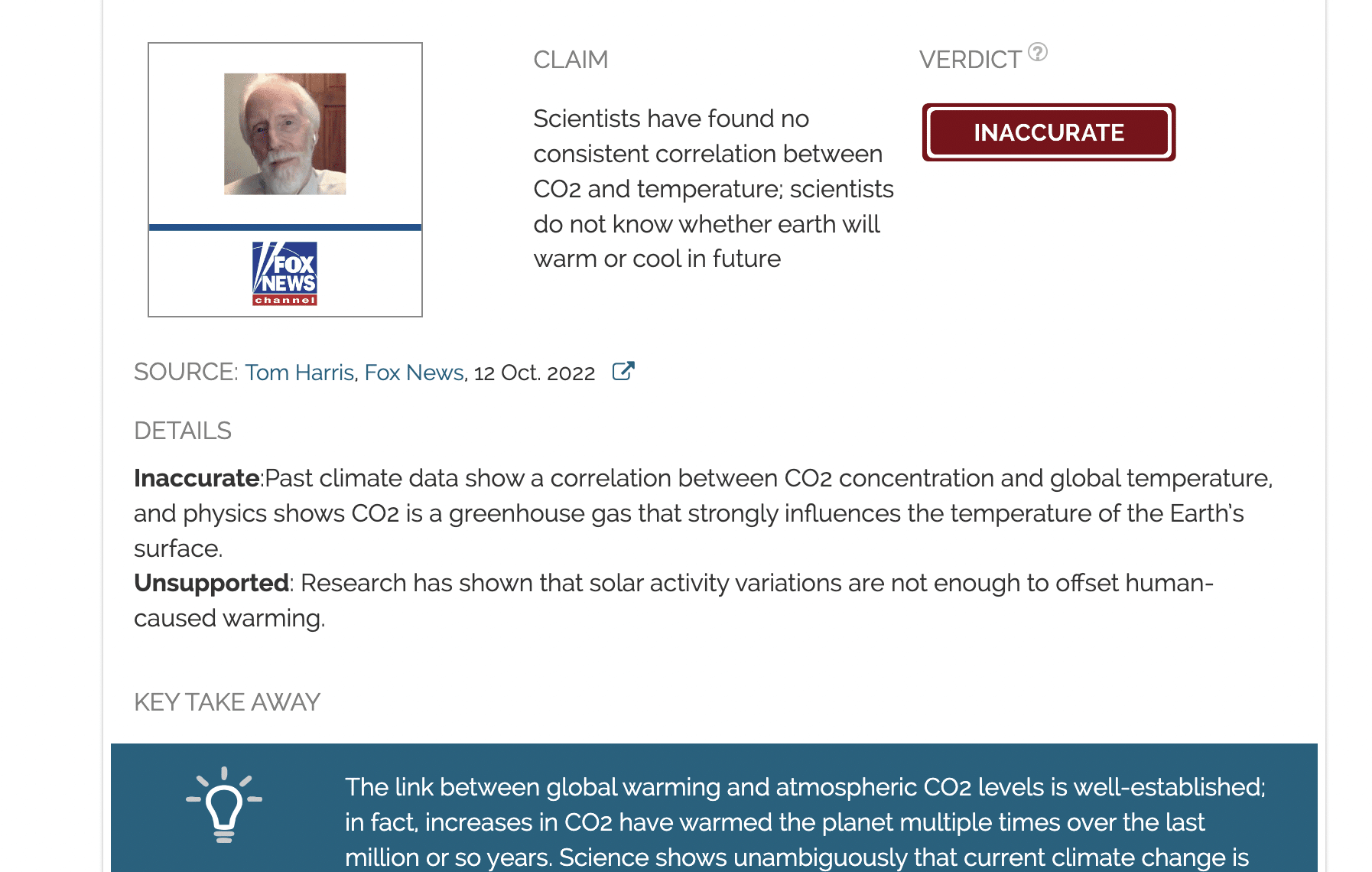
Link between CO2 and Earth’s temperature is well-established, despite claims on Fox News
Claim:
Scientists have found no consistent correlation between CO2 and temperature; scientists do not know whether earth will warm or cool in future

Claim:
Scientists have found no consistent correlation between CO2 and temperature; scientists do not know whether earth will warm or cool in future
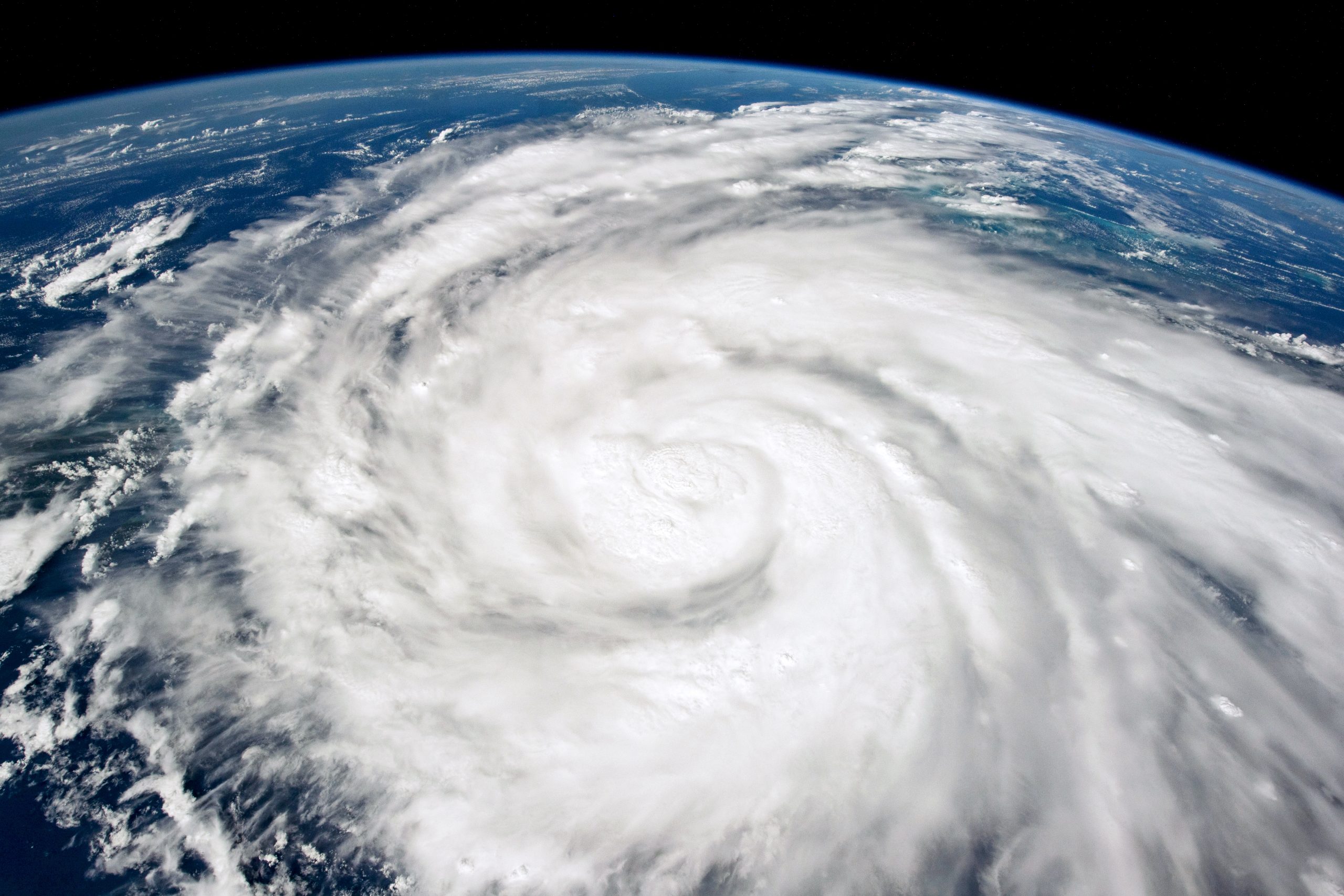
The uncertainty surrounding how hurricane frequency could change as the climate warms has been brought up in claims seeking to undermine climate change’s impact on hurricanes. These claims are examples of straw man arguments: noting that climate change may not lead to a higher number of hurricanes in the future does not mean that climate change has had – or will have – no impact on hurricanes at all.
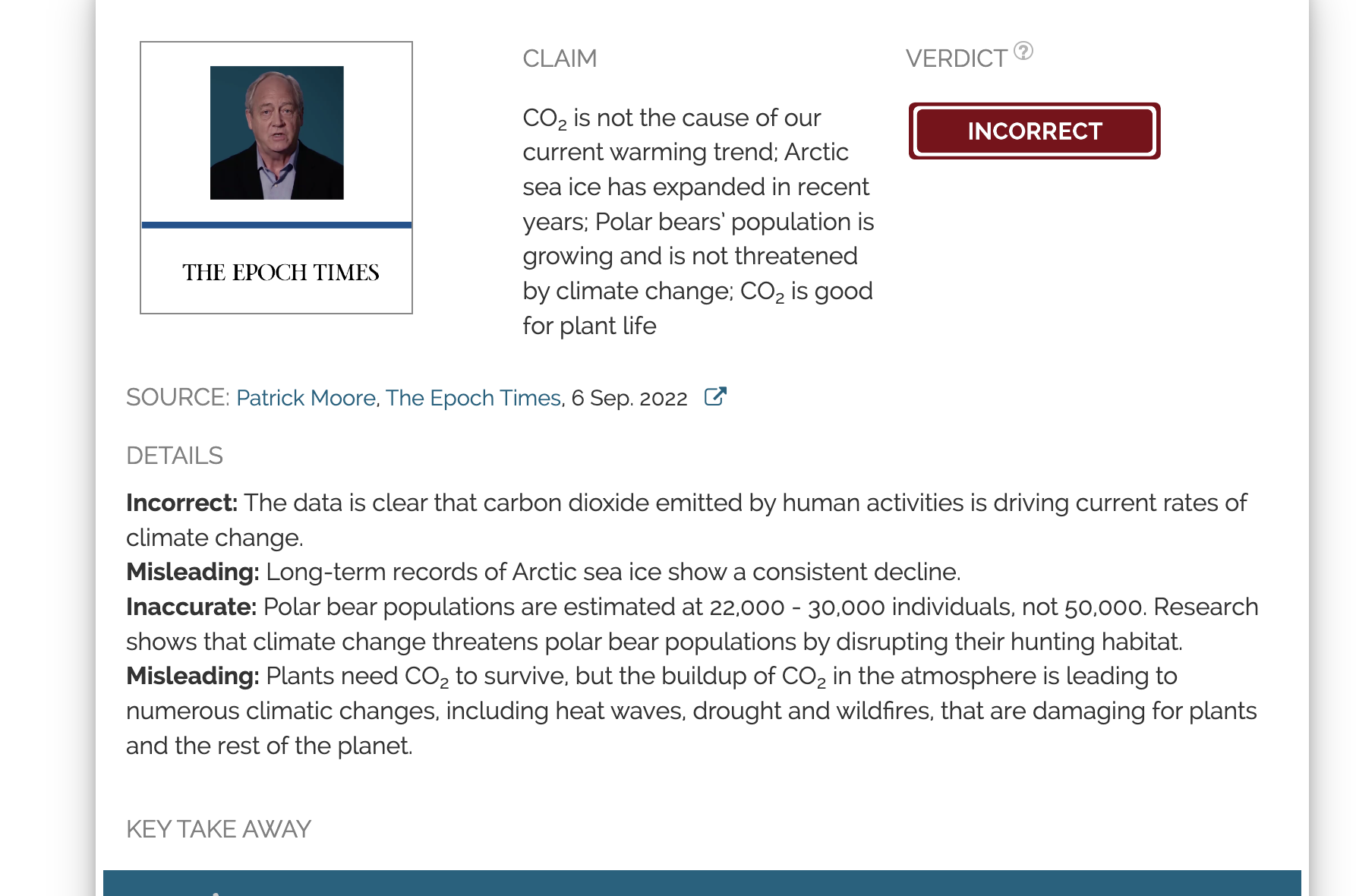
Claim:
CO<sub>2</sub> is not the cause of our current warming trend; Arctic sea ice has expanded in recent years; Polar bears’ population is growing and is not threatened by climate change; CO<sub>2</sub> is good for plant life
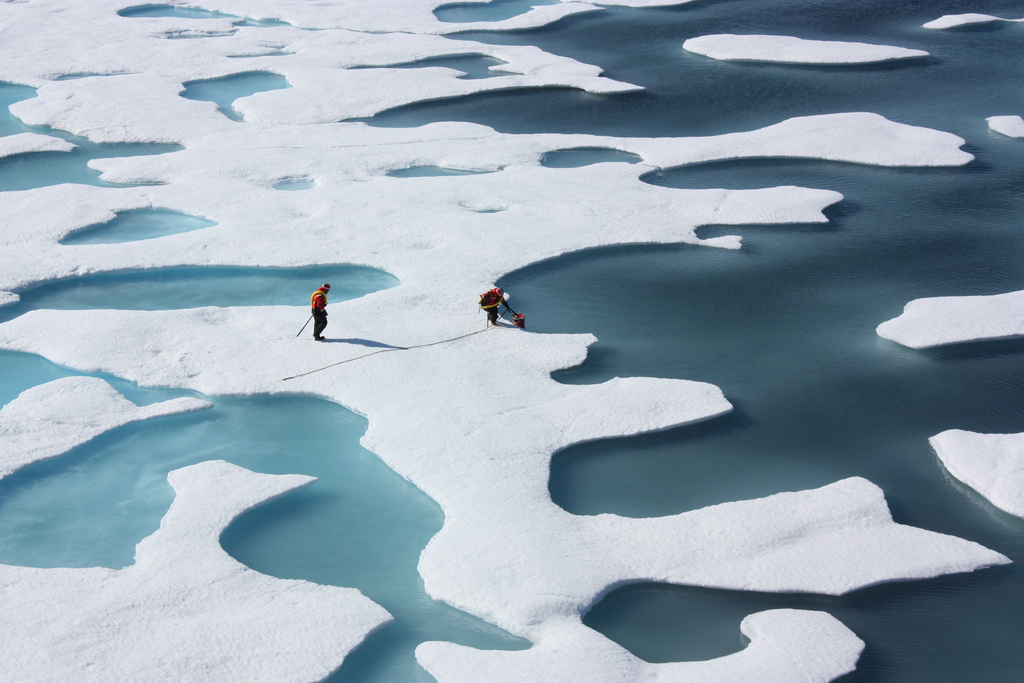
If you’re even a casual consumer of climate news, you probably know that some parts of the globe are warming more rapidly than others. Scientists have known for years, for instance, that the Arctic is heating up at a faster clip than the global average, and recently, the region made headlines after a study showed that the northernmost reaches of our planet are warming four times faster than the rest of the Earth.
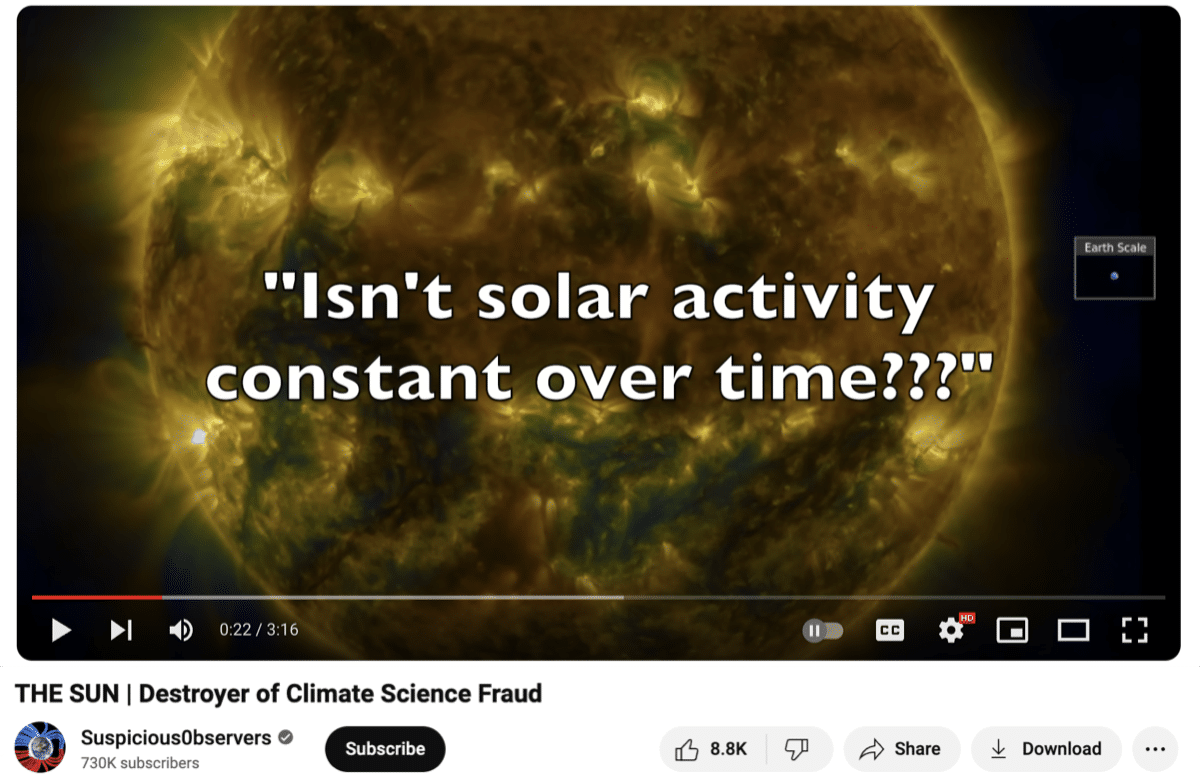
Claim:
Scientists have neglected the effect of solar particles, cosmic rays, the interplanetary magnetic field and Earth's weakening magnetic field to conclude climate change is due to human activity
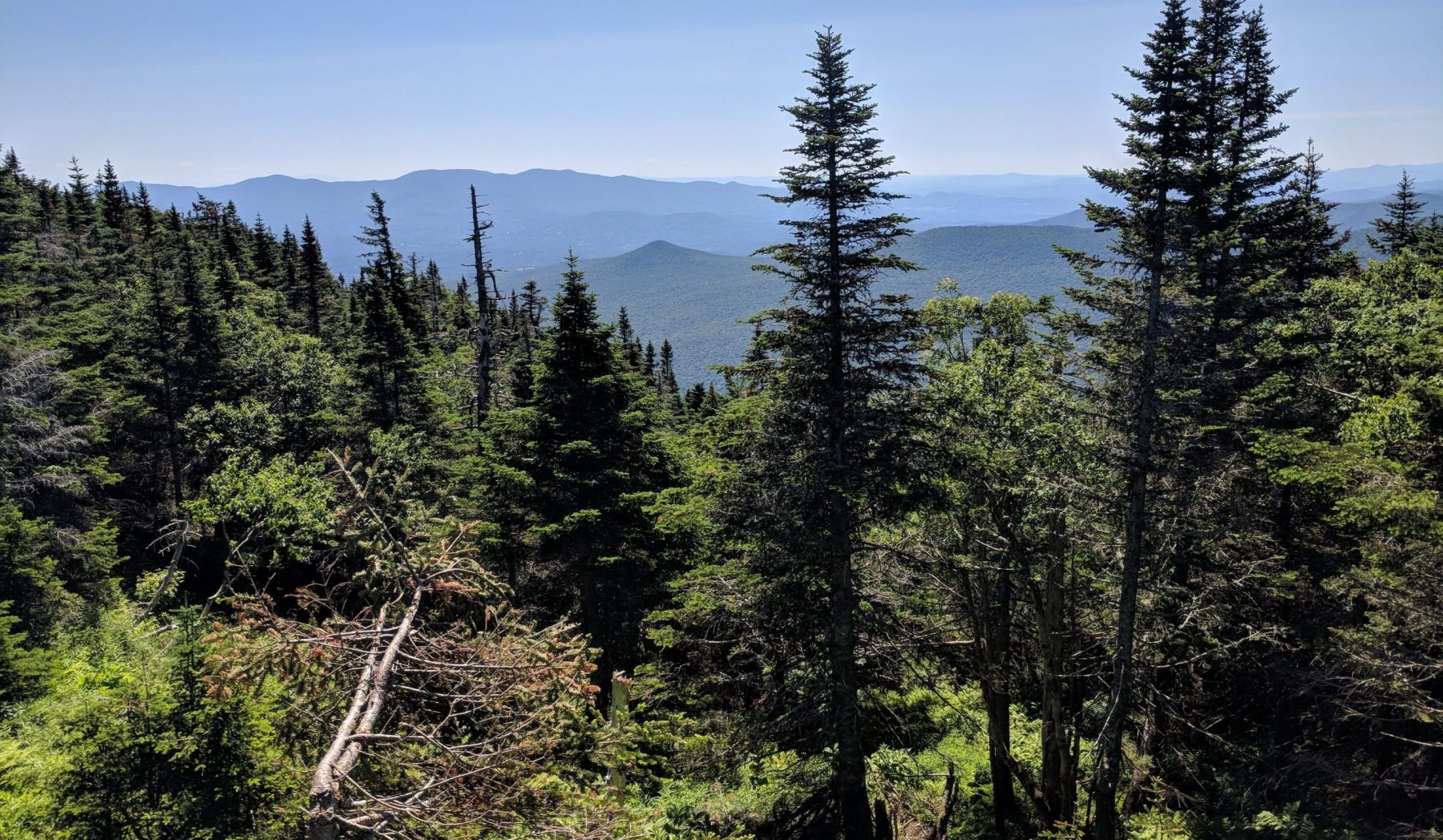
“The benefit[s] of increasing CO2 concentrations for plant growth are increasingly being outweighed by the negative impacts, especially of global warming. This is true for natural as well as agricultural ecosystems.”
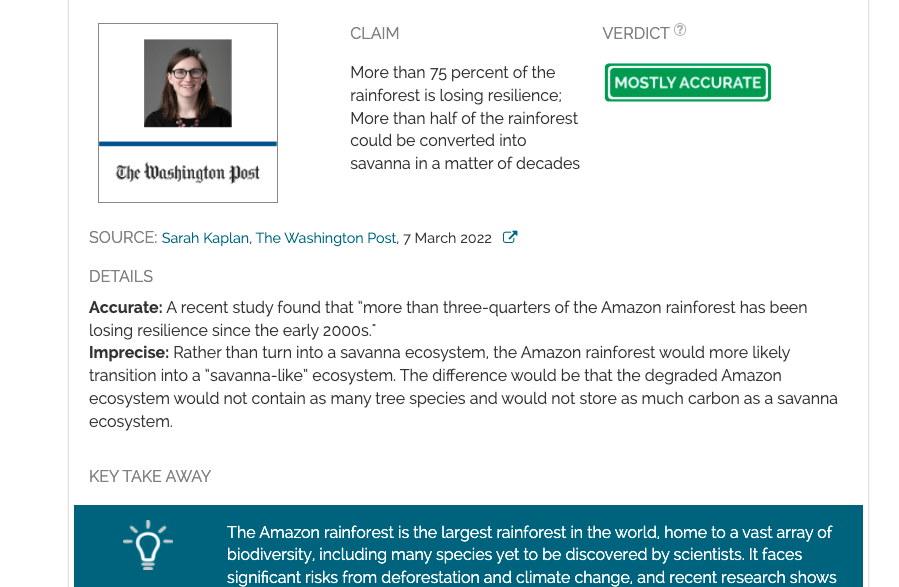
Claim:
More than 75 percent of the rainforest is losing resilience; More than half of the rainforest could be converted into savanna in a matter of decades
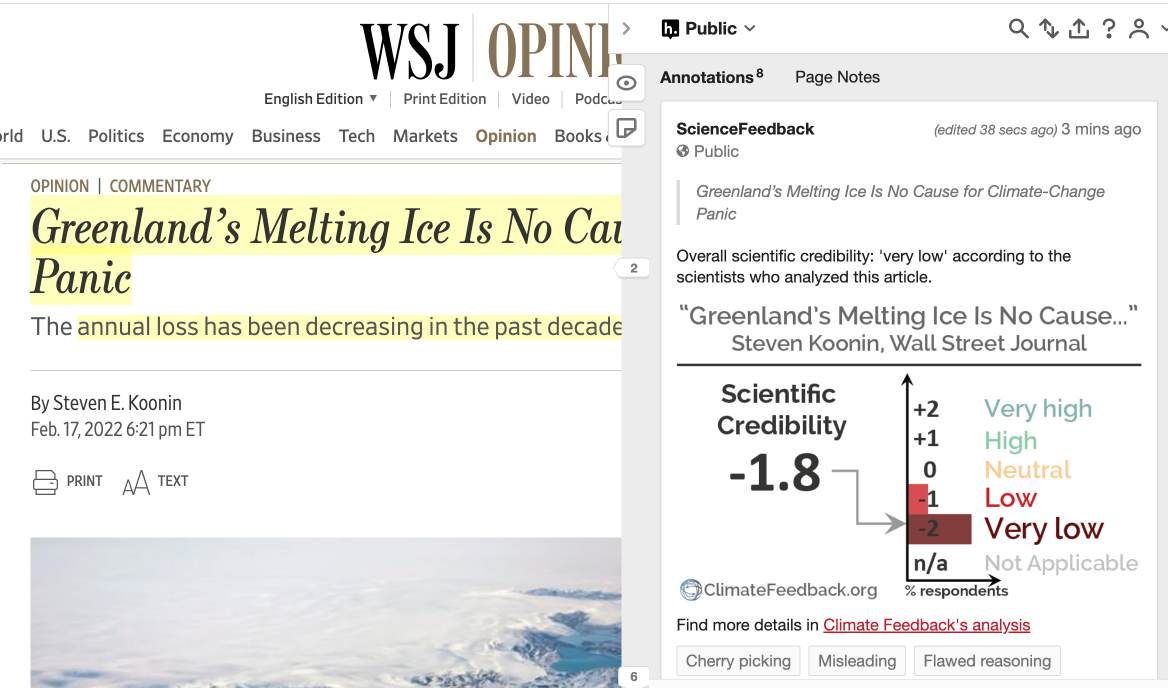
Human-caused climate change is already accelerating Greenland’s melting and is predicted to continue to accelerate it in the future. In addition to Greenland, most glaciers around the planet are also melting at an accelerating pace. This melt, in addition to the expansion of the ocean as it warms, contributes to elevate sea level at an accelerating rate, threatening coastal cities around the globe.
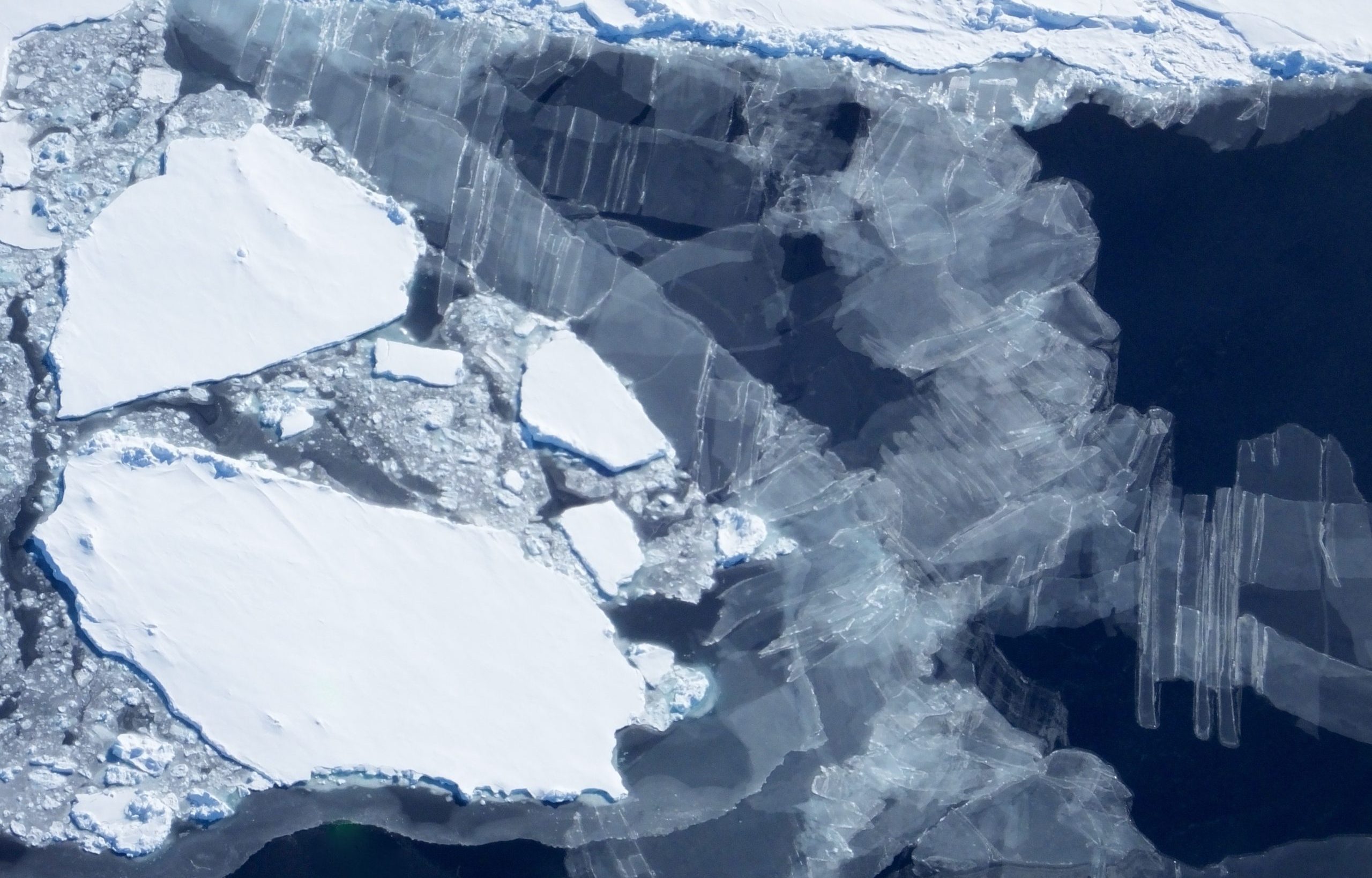
“The decreases have accelerated since the 1990s and have been part of a consistent suite of changes in the Arctic, including rising atmospheric temperatures, melting land ice, thawing permafrost, longer growing seasons, increased coastal erosion, and warming oceans. Overall, it has been a consistent picture solidly in line with the expectations of the warming climate predicted from increases in greenhouse gases. In particular, modeled sea ice predictions showed marked Arctic sea ice decreases, and the actual decreases even exceeded what the models predicted.”

“The examples are too many to count. Many of those videos and channels remain online today, and they all went under the radar of YouTube’s policies, especially in non-English speaking countries and the Global South. We are glad that the company has made some moves to try to address this problem lately, but based on what we see daily on the platform, we think these efforts are not working“